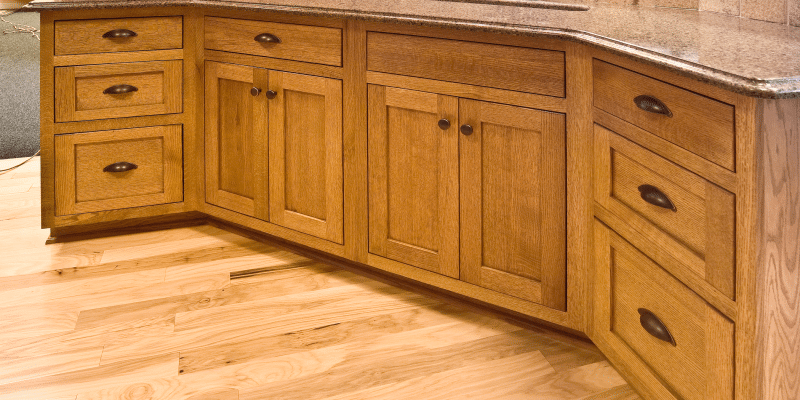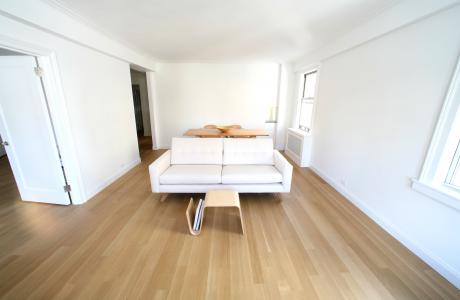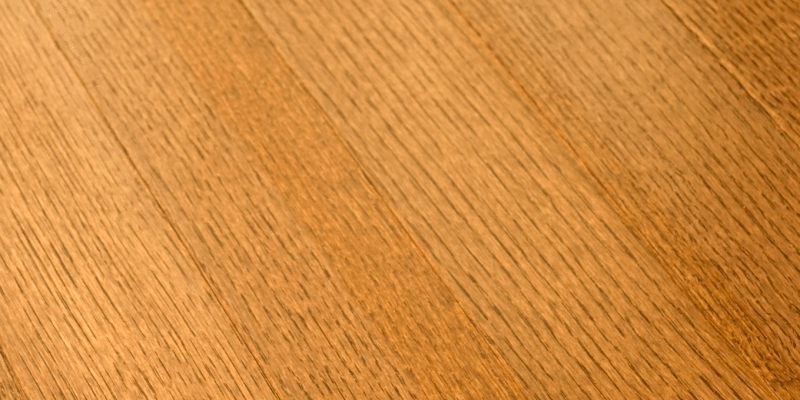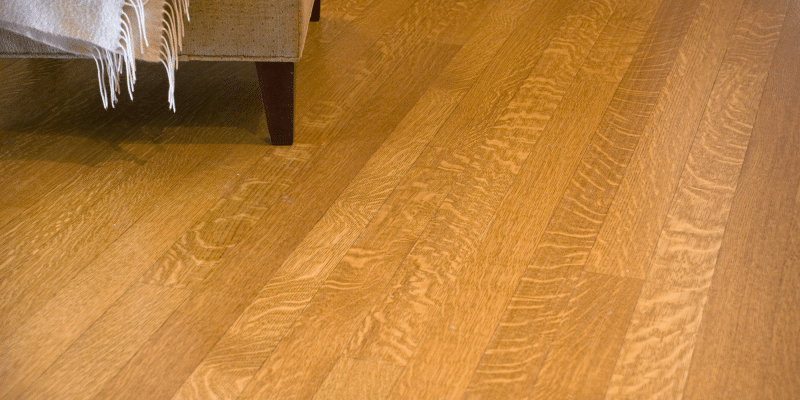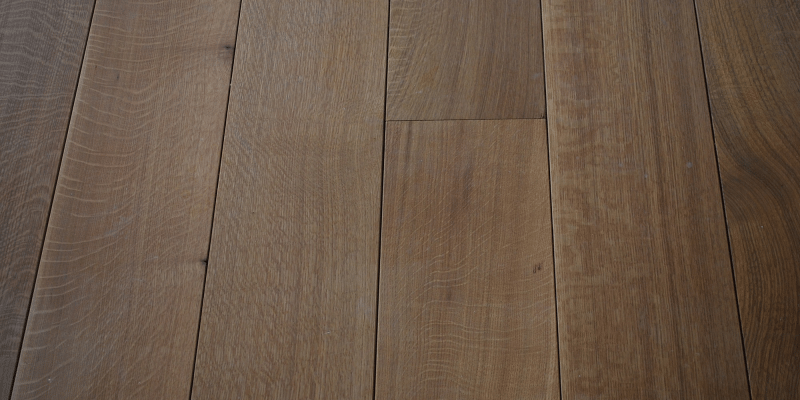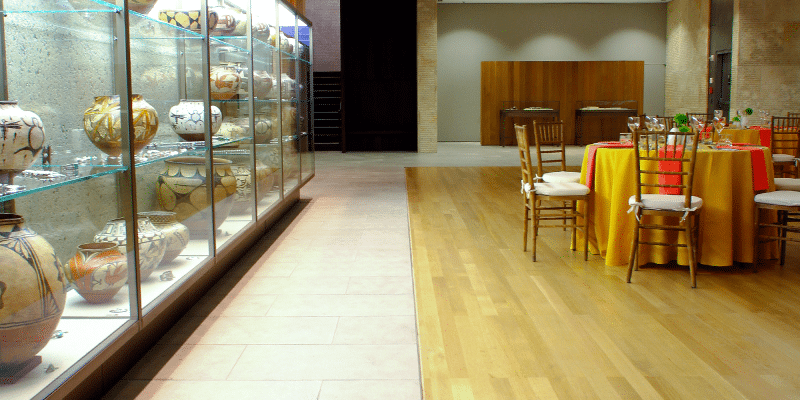A few years ago Frank Miller Lumber got involved with supplying the quartersawn red oak for the floors of the Kauffman Center for the Performing Arts in Kansas City. I have written about the advantages of working with the mill source on projects like this, since in doing so the project team minimizes its variables. That project, for example, was never delayed due to lumber shortages.
About a year and a half ago, Frank Miller Lumber acquired a high-end architectural millwork company, Indianapolis Woodworking International (IWI) in order to offer millwork services to the design community. In the world of bespoke commercial and residential designs, IWI can help to make a designer or architect’s dreams a reality through collaboration and integration with a skilled millwork partner.
In my role with Frank Miller, I assist architects and designers in adjusting specifications to match the realities of the resource. Likewise, Gary Riegle, president of Indianapolis Woodworking International, can do the same thing, moving the design process along with samples and advice. For the design community, this synergy can be of immense value, working directly with a high-end millwork company that can help make your vision a reality. Just as flooring companies can be specified for a project, a millwork company can also be specified.
I was in Dubai a couple of years ago talking with a millwork company that produced the First and Business Class lounges for Terminal 3 at the Dubai Airport. The construction of those lounges was a herculean task. To give you some perspective, the architecturally sequence-matched American walnut veneered panels cover more than 1.6 kilometers. By the time the design fell to the millwork company for production, the timer had already been ticking for quite some time. The pressure to obtain material for the project was intense, and the project would have moved along more smoothly with advanced coordination between the designers and the millwork company.
The team at IWI has decades of experience behind them and has produced some gorgeous millwork over the years. You can see examples of their projects at http://www.iwimillwork.com. Let IWI help you in the same way that Frank Miller Lumber helps architects and designers.




